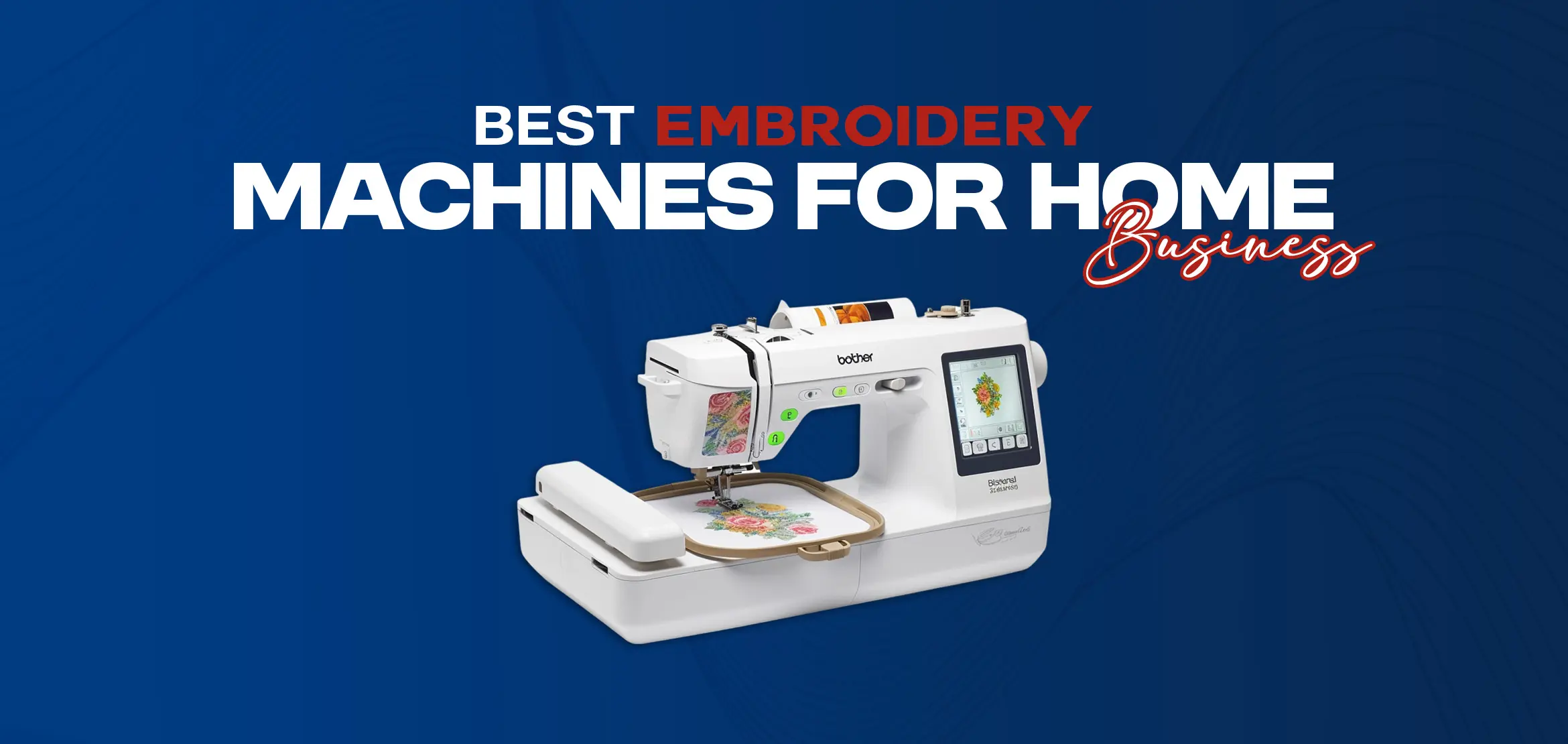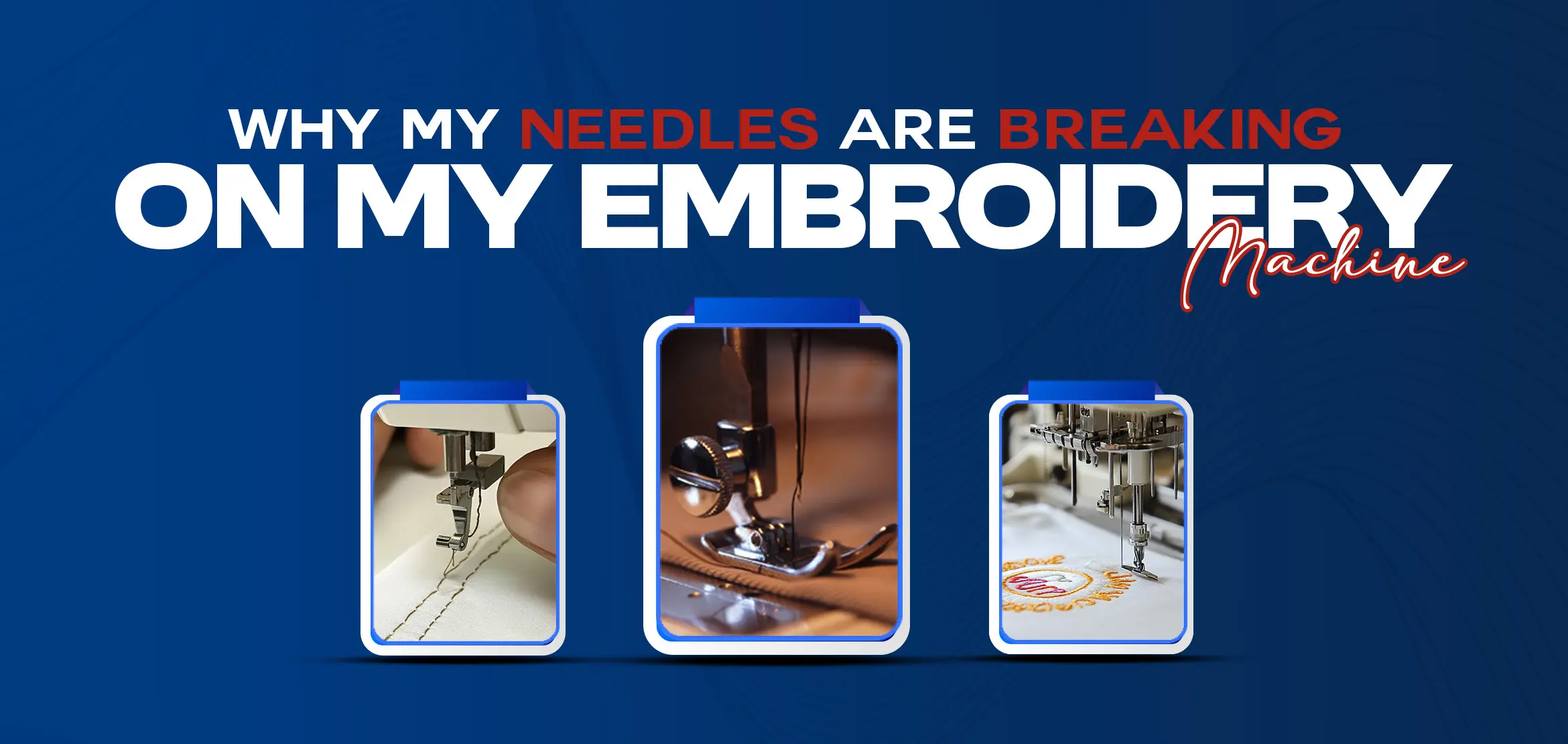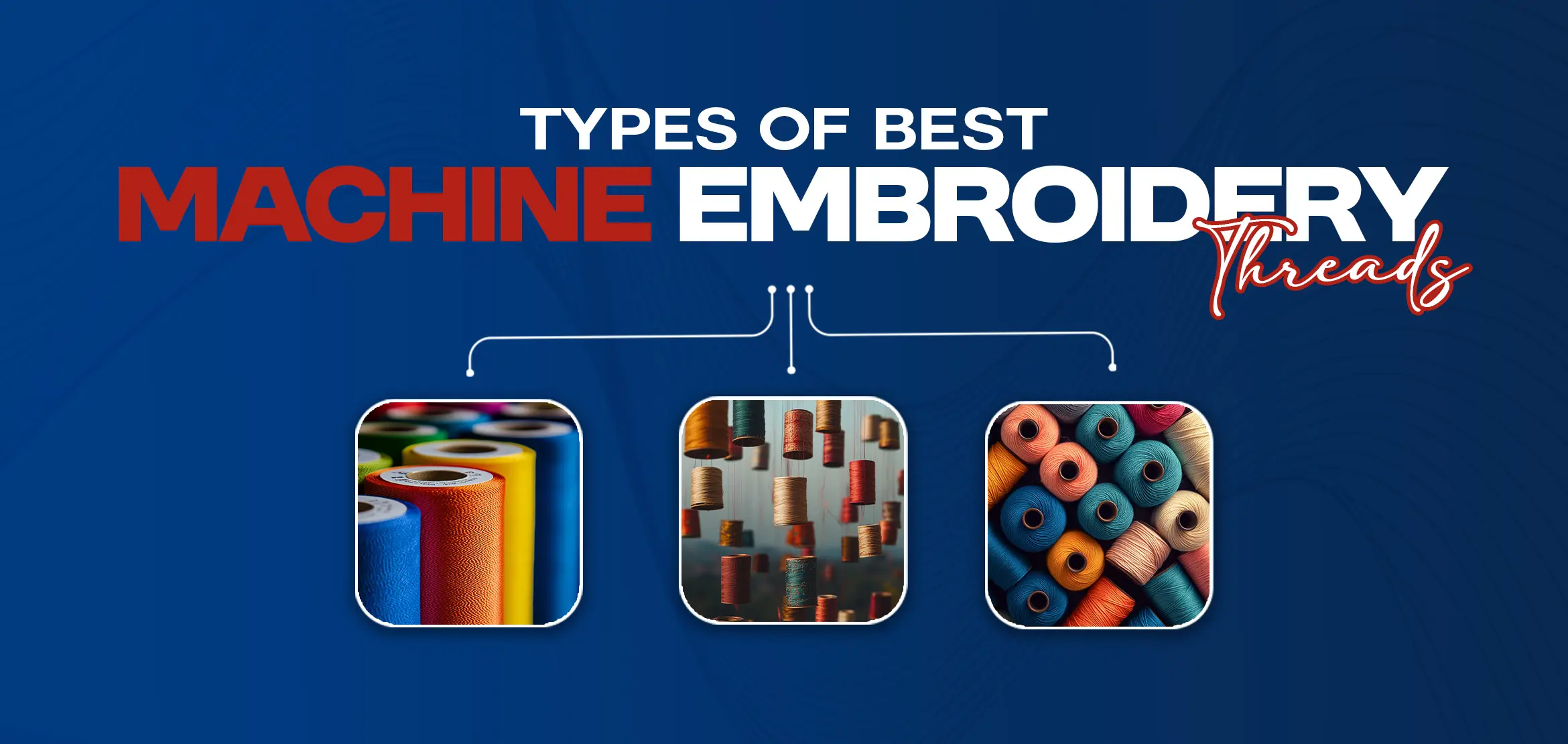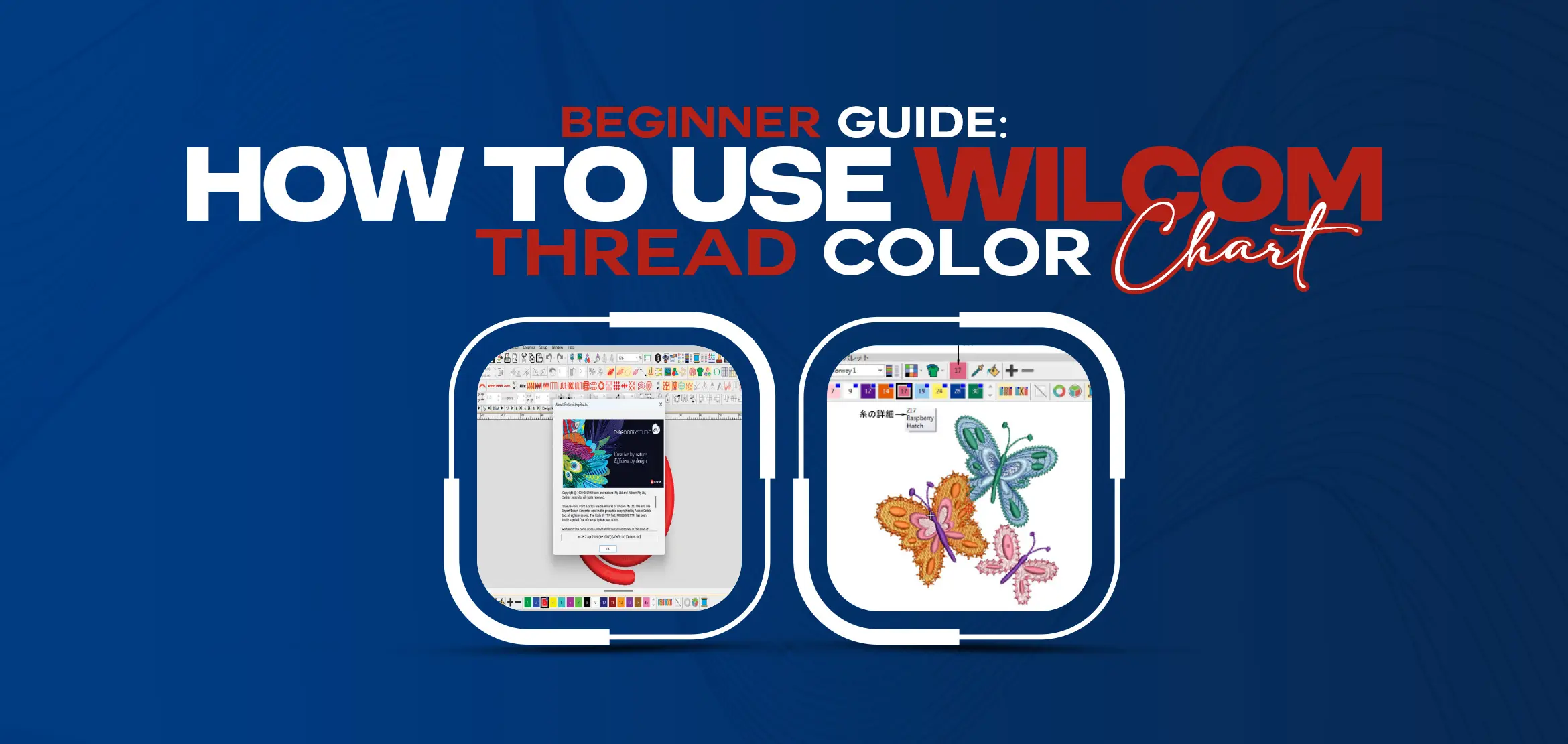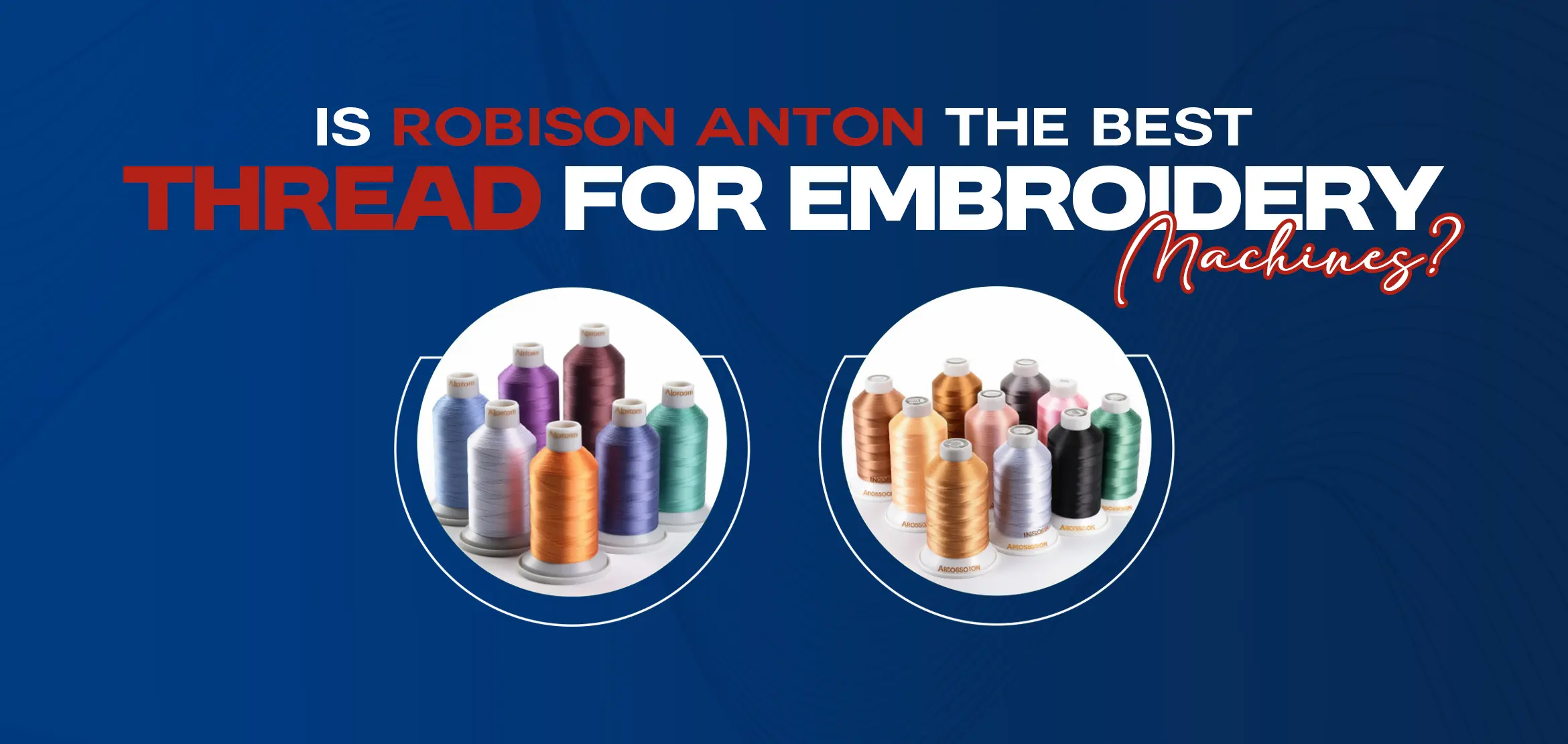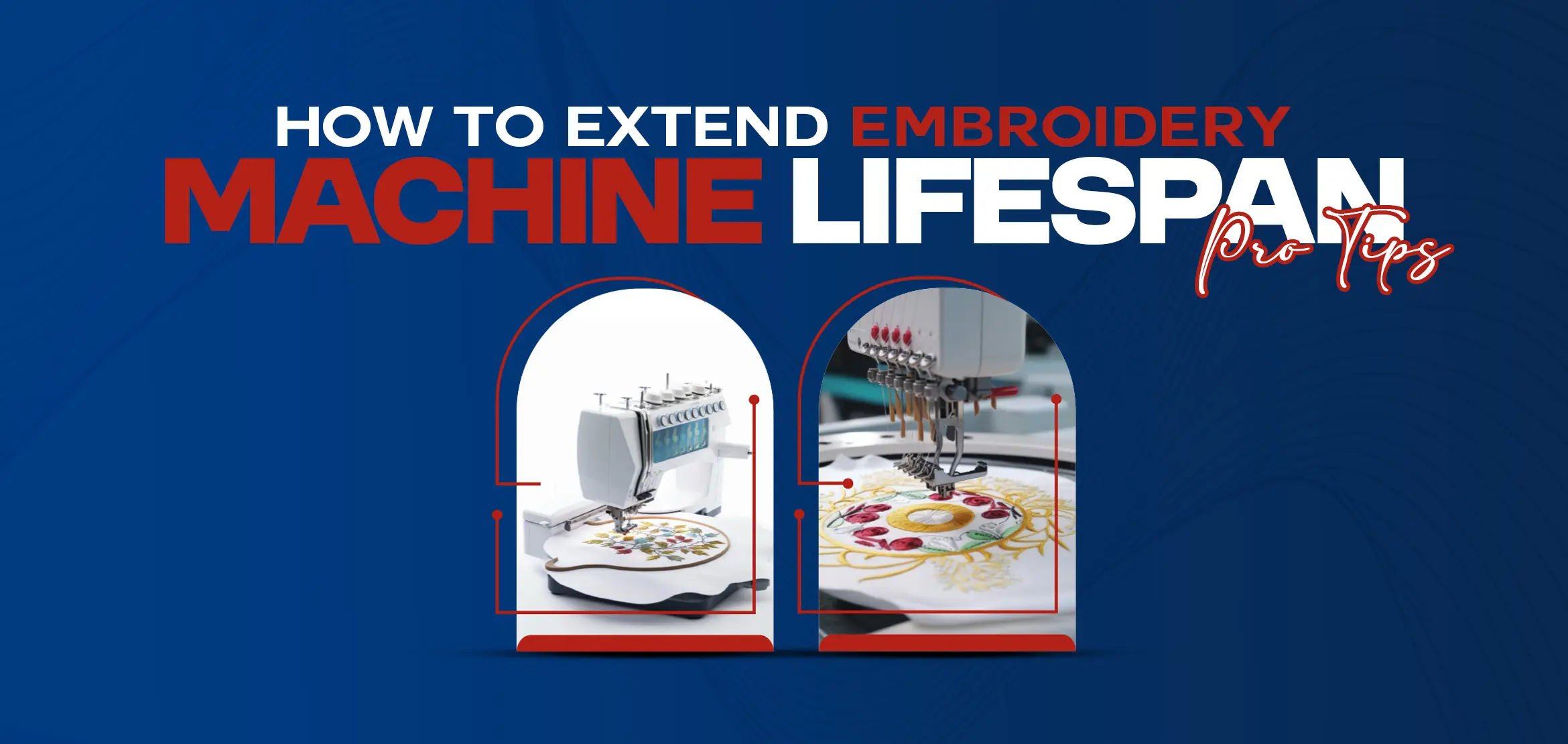
How to Extend Embroidery Machine Lifespan: Pro Tips
Table Of Content
- The Importance of Embroidery Machine Maintenance
- Proper Storage and Transportation of Your Embroidery Machine
- Troubleshooting Common Issues with Embroidery Machines
- 1. Thread Breakage
- 2. Skipped Stitches
- 3. Uneven or Misaligned Designs
- 4. Machine Jamming
- 5. Error Messages
- Extending the Lifespan of Your Embroidery Machine Through Upgrades and Accessories
- Best Practices for Using Your Embroidery Machine
- Tips for Preventing Wear and Tear on Your Embroidery Machine
- Final Thoughts
Embroidery machines are an investment, and if you want to make the most of your purchase, it's essential to know how to take care of them properly. In this comprehensive guide, we will reveal the secrets to prolonging the lifespan of your embroidery machine, helping you get the most out of this invaluable tool.
Don't let your embroidery machine languish in a corner. With the secrets revealed in this ultimate guide, you’ll be able to unleash its full potential and enjoy endless hours of creative stitching. Get ready to extend the lifespan of your beloved machine and create beautiful designs for years to come.
The Importance of Embroidery Machine Maintenance
Proper maintenance is crucial to keeping your embroidery machine in top-notch condition. Neglecting regular maintenance can lead to decreased performance and even costly repairs. To ensure the longevity of your machine, it's essential to establish a consistent maintenance routine.
One of the fundamental maintenance tasks is cleaning your embroidery machine. Dust, lint, and stray threads can accumulate over time and affect the machine's performance. Regularly remove the needle plate, bobbin case, and other removable parts to clean them thoroughly. Use a small brush or a lint roller to remove any debris from the nooks and crannies. Additionally, make it a habit to clean the exterior of the machine using a soft cloth or a brush.
Proper cleaning alone is not enough to keep your embroidery machine in peak condition. Regular oiling is also necessary to ensure smooth operation. Consult the manufacturer's manual to identify the specific points that require lubrication and use the recommended oil. Over-oiling can be just as detrimental as not oiling at all, so make sure to apply the oil sparingly and wipe away any excess.
Proper Storage and Transportation of Your Embroidery Machine
When it comes to storing and transporting your embroidery machine, taking the necessary precautions is crucial to prevent any damage. Whether you're packing it away for the night or taking it to a workshop, proper storage and transportation practices can prolong the lifespan of your machine.
Firstly, always make sure to turn off and unplug your embroidery machine before storing or moving it. This will prevent any accidental damage or injury. Once the machine is turned off, remove the needle, presser foot, and any other accessories that are not required for storage or transportation. This will help protect these delicate parts from potential breakage.
When storing your embroidery machine, choose a cool and dry location that is free from dust and direct sunlight. Extreme temperatures and humidity can damage the internal components, so it's important to find a suitable environment. If possible, cover the machine with a dust cover or a clean cloth to provide an extra layer of protection.
Transporting your embroidery machine requires additional care to prevent any mishaps. If you're using a carrying case or bag, ensure it provides adequate padding and protection. Avoid placing heavy objects on top of the machine during transportation to prevent any unnecessary pressure or damage. It's also advisable to secure the machine in place to minimize movement during transit.
Troubleshooting Common Issues with Embroidery Machines
Even with proper maintenance and care, embroidery machines can encounter issues from time to time. Knowing how to troubleshoot common problems can save you time, frustration, and potentially costly repairs. Here are some common issues you may encounter and how to address them:
1. Thread Breakage
If your machine consistently experiences thread breakage, it could be due to various reasons. Start by checking the tension settings and adjusting them accordingly. Ensure that the thread is correctly threaded through the machine, including the tension discs and thread guides. Using a good quality thread and needle appropriate for your fabric can also help prevent embroidery thread breakage.
2. Skipped Stitches
If your embroidery machine is skipping stitches, it may be caused by a dull or bent needle. Replace the needle with a new one and make sure it is properly inserted and tightened. Additionally, check the tension settings and adjust if necessary. If the problem persists, try changing the thread or fabric to see if that resolves the issue.
3. Uneven or Misaligned Designs
If your embroidery designs are coming out uneven or misaligned, it could be due to incorrect hooping. Make sure the fabric is securely hooped and properly aligned with the design. If necessary, rehoop the fabric and adjust the design placement accordingly. Also, check the stabilizer to ensure it is suitable for the fabric and design complexity.
4. Machine Jamming
If your machine gets jammed or stops during stitching, there may be a thread or fabric obstruction. Carefully remove the fabric and check for any tangled threads or debris. Clean the bobbin case and needle plate, making sure there are no stray threads or lint. Once cleared, rethread the machine and resume stitching.
5. Error Messages
If your embroidery machine displays error messages, consult the manufacturer's manual for specific troubleshooting instructions. Error messages can indicate various issues, such as bobbin thread running out, incorrect tension settings, or a problem with the machine's internal components. Following the manual's instructions will help you identify and resolve the problem.
Remember, troubleshooting embroidery machine issues requires patience and attention to detail. By familiarizing yourself with common problems and their solutions, you'll be better equipped to address any issues that may arise.
Regular Servicing and Professional Maintenance
While regular maintenance and troubleshooting can handle most issues, it's still important to schedule regular servicing and seek professional maintenance when necessary. Just like any mechanical device, embroidery machines require periodic check-ups and professional care to ensure their optimal performance.
Consult the manufacturer's manual or contact the authorized service center to determine the recommended servicing intervals. Regular servicing will include thorough cleaning, lubrication, and inspection of the machine's internal components. This will help identify any potential issues before they escalate and ensure that your embroidery machine continues to function at its best.
In addition to regular servicing, seek professional maintenance when you encounter complex issues or if your embroidery machine requires repairs. Authorized technicians have the knowledge, experience, and specialized tools to diagnose and fix problems effectively. Trying to repair or modify the machine yourself may void the warranty or cause further damage.
Extending the Lifespan of Your Embroidery Machine Through Upgrades and Accessories
As technology advances, new upgrades and accessories become available to enhance the performance and capabilities of your embroidery machine. By taking advantage of these advancements, you can extend the lifespan of your machine and stay up to date with the latest features.
Upgrading your embroidery machine's software is one way to unlock new design options and improve overall performance. Check with the manufacturer or authorized dealers for any available software updates. These updates often address bugs, enhance stability, and introduce new features that can enhance your embroidery experience.
Investing in additional accessories can also help prolong the lifespan of your embroidery machine. For example, using the appropriate needles for different fabrics can prevent unnecessary stress and damage. Embroidery hoops of various sizes allow you to expand your design possibilities and minimize fabric distortion. Stabilizers, bobbins, and thread stands designed specifically for your machine can also contribute to smoother and more efficient stitching.
Best Practices for Using Your Embroidery Machine
To ensure the longevity of your embroidery machine, it's essential to follow best practices during every stitching session. By incorporating these practices into your routine, you can minimize wear and tear and optimize your machine's performance:
1. Use high-quality threads and needles suitable for your fabric. Inferior threads can cause more friction, leading to increased wear on the machine's components. Similarly, using the wrong needle can result in broken or skipped stitches.
2. Hoop your fabric securely and properly align it with the design. This will prevent unnecessary movement and ensure accurate stitching. Avoid excessive tension on the fabric, as it can strain the machine and affect the quality of the embroidery.
3. Monitor the stitching process closely. If you notice any abnormal sounds, thread tension issues, or other irregularities, stop the machine immediately and investigate the cause. Ignoring these signs can lead to further damage and costly repairs.
4. Avoid overworking your embroidery machine. Continuous stitching for extended periods can generate excessive heat, which can be detrimental to the machine's internal components. Take regular breaks to allow your machine to cool down.
5. Keep your workspace clean and free from dust, lint, and stray threads. Regularly clean the area around your machine to prevent debris from entering and causing damage. Use a lint roller or a small brush to remove any loose fibers.
By following these best practices, you'll not only protect your embroidery machine but also improve the quality and longevity of your embroidery projects.
Tips for Preventing Wear and Tear on Your Embroidery Machine
Prevention is always better than cure, and this holds true for preserving the lifespan of your embroidery machine. By adopting simple preventive measures, you can minimize wear and tear and extend the longevity of your machine:
1. Use a dust cover or a clean cloth to protect your embroidery machine when it's not in use. This will shield it from dust, lint, and other environmental factors that can affect its performance.
2. Avoid exposing your embroidery machine to extreme temperatures and humidity. These conditions can cause internal components to expand or contract, leading to potential damage. Find a suitable location with stable temperature and humidity levels.
3. When changing needles or thread colors, always ensure the machine is turned off and unplugged. Accidental contact with moving parts can cause injuries or damage to the machine.
4. Regularly check the tension settings of your machine and adjust them as needed. Incorrect tension can cause stress on the machine and affect the quality of the embroidery. Refer to the manufacturer's manual for specific instructions on tension adjustment.
5. Invest in a voltage regulator or surge protector to protect your embroidery machine from power surges and fluctuations. Sudden power spikes can damage the internal components of the machine, leading to costly repairs.
By implementing these preventive measures, you can significantly reduce the chances of wear and tear on your embroidery machine. Consistency and attention to detail are key to ensuring the long-term performance of your beloved machine.
Final Thoughts
Your embroidery machine is a valuable tool that allows you to unleash your creativity and bring your designs to life. By taking care of it properly, you can extend its lifespan and enjoy countless hours of stitching without any hiccups.
Remember to establish a consistent maintenance routine, follow best practices during every stitching session, and seek professional servicing when necessary. By incorporating these practices into your embroidery routine, you can ensure the optimal performance and longevity of your machine.
Don't let your embroidery machine gather dust in a corner. With the secrets unveiled in this guide, you'll be able to unlock its full potential and create beautiful designs for years to come. Get ready to embark on a creative journey and enjoy the endless possibilities that your embroidery machine has to offer. Explore our embroidery services now and take the first step towards extending the lifespan of your beloved machine.
